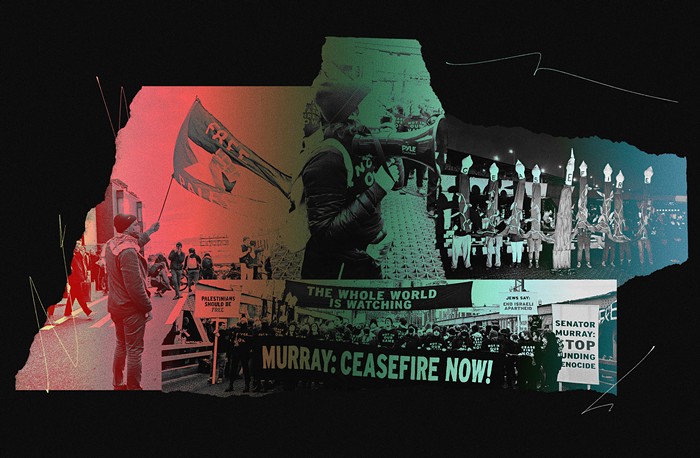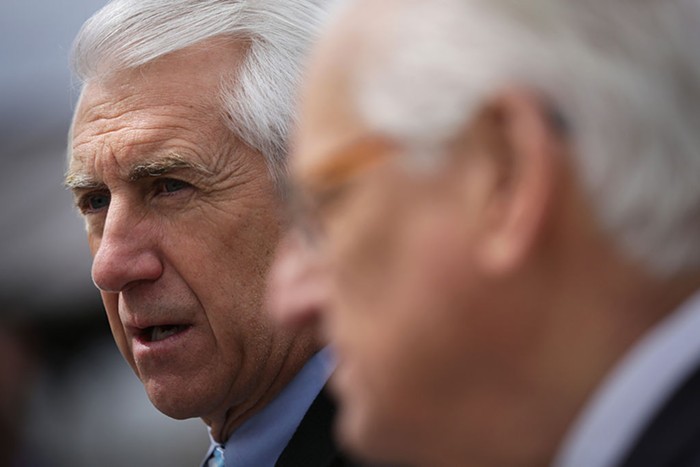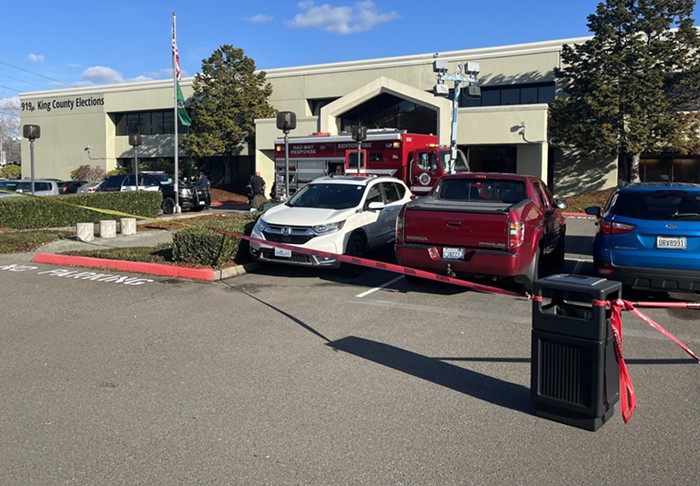
As with the onset of a migraine headache and the retreat of self-respect, the occasion of a wildfire burning out of control in Los Angeles requires that you quote Joan Didion. The reality—as evinced in that video of the blaze shot by the driver of a car in motion (which is v Slouching, one might add)—is too nightmarish, too simultaneously distant and near, not to seek solace in Didion's unbending prose. I know it's a cliché to turn to JD for a brace of hard, stylish reality, but when the world is quite literally on fire, you want the master.
The obvious go-to is this bit from "Santa Ana," originally published in The Saturday Evening Post in 1965, and collected as "Los Angeles Notebook" in Slouching Toward Bethlehem (1968):
It is hard for people who have not lived in Los Angeles to realize how radically the Santa Ana figures in the local imagination. The city burning is Los Angeles's deepest image of itself; Nathanael West perceived that, in The Day of the Locust; and at the time of the 1965 Watts riots what struck the imagination most indelibly were the fires. For days one could drive the Harbor Freeway and see the city on fire, just as we had always known it would be in the end. Los Angeles weather is the weather of catastrophe, of apocalypse, and, just as the reliably long and bitter winters of New England determine the way life is lived there, so the violence and the unpredictability of the Santa Ana affect the entire quality of life in Los Angeles, accentuate its impermanence, its unreliability. The wind shows us how close to the edge we are.
However, these short excerpts from a piece entitled "Letter from Los Angeles," originally published in The New Yorker in 1989 and later collected as "Fire Season" in After Henry (1992), seem even more apposite today:
When the fire comes there will be no water pressure. The roof one watered all the night before will go dry in seconds. Plastic trash cans must be filled with water and wet gunny-sacks kept at hand, for smothering the sparks that blow ahead of the fire. The garden hoses must be connected and left where they can be seen. The cars must be placed in the garage, headed out. Whatever one wants to save must be placed in the cars. The lights must be left on, so that the house can be seen in the smoke.
and
I stood at the window and watched a house on a hill above Sunset implode, its oxygen sucked out by the force of the fire.
and especially
“Dry winds and dust, hair full of knots,” our Malibu child wrote when asked, in the fourth grade, for an “autumn” poem. “Gardens are dead, animals not fed… People mumble as leaves crumble, fire ashes tumble.”
There is a definite narrative here, but not a sentimental one, and not one that many people outside Los Angeles seem to hear. In the New York Times recently I read a piece in which the way people in Los Angeles “persist” in living with fire was described as “denial.”
“Denial” is a word from a different narrative altogether. This will be only the second fire season in twenty-five years during which I did not have a house somewhere in Los Angeles County, and the second during which I did not keep the snapshots in a box near the door, ready to go when the fire comes.
Hold on, Los Angeles.


















